Understanding Pyrolysis Carbon Black
Pyrolysis carbon black is a substance derived from the pyrolysis process of scrap tires and other rubber materials. This process involves thermally decomposing rubber in the absence of oxygen, resulting in a carbonaceous residue known as pyrolysis carbon black. This material is gaining attention for its potential applications in various industries, from rubber reinforcement to pigment production.
Types and Applications
There are several types of pyrolysis carbon black, each with unique properties that suit different applications. The common types include N220, N330, N550, and N660, which are distinguished by their surface area, particle size, and structure. These variations influence the performance of pyrolysis carbon black in applications such as tire manufacturing, plastics, inks, and coatings, where it can enhance durability, UV protection, and color intensity.
Features and Material Specifications
Pyrolysis carbon black possesses features that make it a valuable component in many formulations. It has a high surface area-to-volume ratio, excellent dispersibility, and good electrical conductivity. These characteristics are crucial in applications requiring high-performance pigmentation and conductive properties. Material specifications typically include parameters like iodine absorption number, DBP absorption, and tint strength, which help buyers understand the suitability of the carbon black for their specific needs.
Advantages of Pyrolysis Carbon Black
Utilizing pyrolysis carbon black offers several advantages. It is an environmentally friendly alternative to traditional carbon black, as it helps in recycling rubber waste. Moreover, it can provide cost-effective solutions for industries seeking to reduce raw material expenses without compromising on quality. Its versatility also allows for its use in a wide range of products, enhancing performance attributes such as thermal stability and mechanical strength.
Considerations for Sourcing
When sourcing pyrolysis carbon black, it is essential to consider the material's consistency and compatibility with the intended application. Evaluating the technical data sheets and safety data sheets provided by suppliers can ensure that the product meets the required standards. Additionally, understanding the potential environmental impact and regulatory compliance of the material is crucial for responsible sourcing.
Conclusion
For businesses looking to incorporate pyrolysis carbon black into their products, Alibaba.com offers a comprehensive platform to connect with experienced suppliers. By considering the lifecycle of the machinery used for processing and leveraging industry experience, buyers can make informed decisions to meet their operational needs effectively.

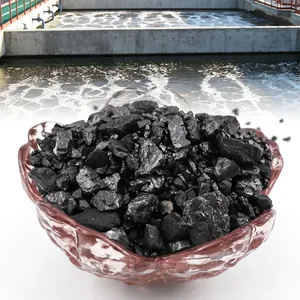






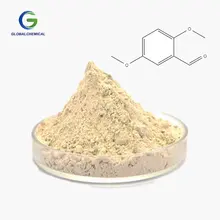


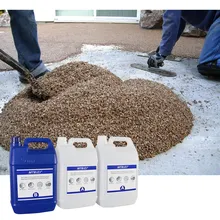
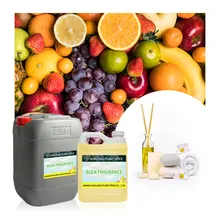



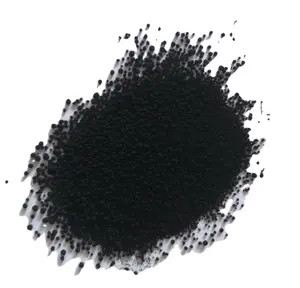
























 浙公网安备 33010002000092号
浙公网安备 33010002000092号 浙B2-20120091-4
浙B2-20120091-4